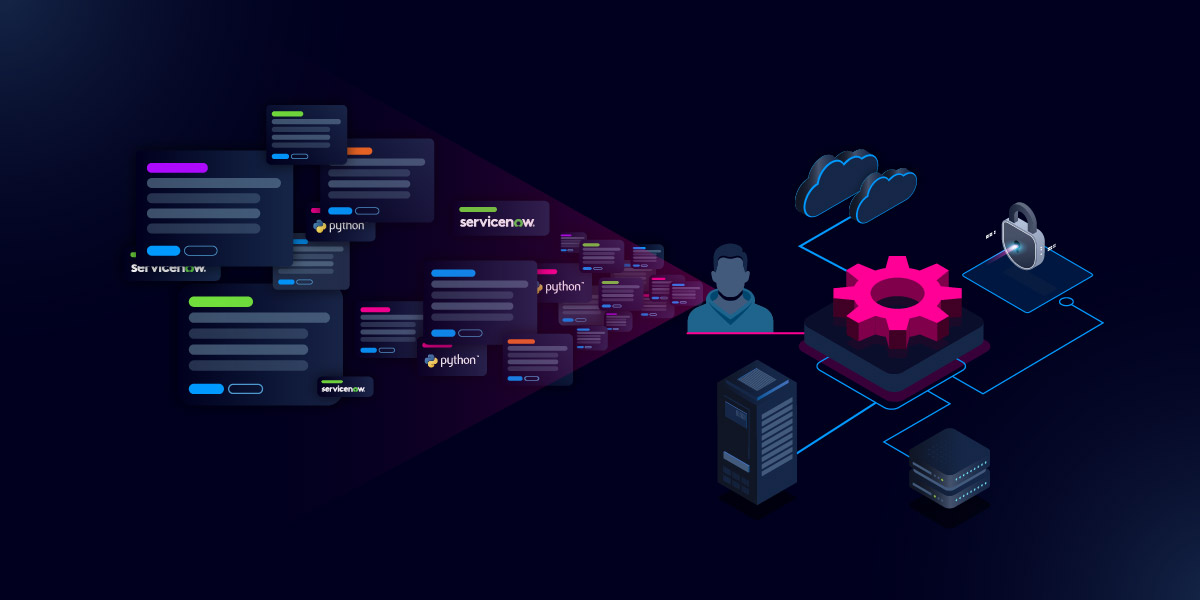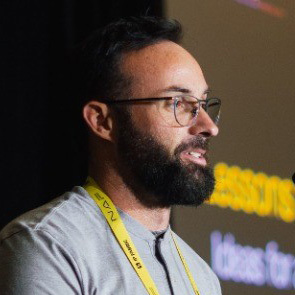Share this

Table of Contents
For years, I’ve talked with engineers who are caught in the same cycle: they start automating with good intentions, a few Python scripts here, an Ansible playbook there. It works. It saves time. It even feels empowering.
But at some point, that success turns on itself.
The scripts multiply. Ownership blurs. Debugging becomes a weekly ritual. Governance gets harder to enforce. And suddenly, the very thing that was supposed to accelerate your work… becomes the bottleneck.
That’s exactly what happened at Armstrong World Industries, and it’s why I wanted to bring Eric Anderson, their Senior Service Reliability Architect, together with Shamus McGillicuddy, VP of Research at EMA, for our recent webinar: “From Scripts to Platforms: What’s Really Holding Back Network Automation.”
What came out of that conversation wasn’t theory – it was experience. Eric’s story is what thousands of network engineers are living right now. And it’s a perfect snapshot of what happens when DIY automation reaches its limits.
“We started small… a few ServiceNow requests… a few Python scripts.”
Eric’s team at Armstrong began exactly how most do – automating ticket-based tasks.
“We had requests for things like DNS changes or VMware snapshots. We wrote a few scripts to automate them, and it worked beautifully.”
Those early wins were validating. They proved automation could save real time and reduce manual toil. But success comes with a cost: once you show value, the requests multiply. Everyone wants in.
And that’s where the story starts to shift.
“There were two of us bridging the gap between infrastructure and code.”
When automation demand exploded, Armstrong hit a familiar wall – the human one.
“We were doing it on the side – after hours, between tickets. It wasn’t sustainable.”
Every enterprise automation story eventually runs into the same skill gap. You need people who can code and understand networking. Those folks are rare. And when a small group holds that knowledge, you don’t have automation – you have dependency.
It’s not a technology problem. It’s an operational one.
“DIY became our bottleneck.”
That was the turning point for Armstrong.
Their homegrown Python orchestration engine worked – but scaling it across the enterprise introduced new challenges: governance, RBAC, visibility, and maintenance.
“Scripts were great until we needed governance, visibility, and security. That’s when we realized we needed more than code. We needed a platform.”
This is the moment so many teams reach. DIY automation delivers local wins, but enterprise automation demands consistency, standards, and control. It’s the difference between a handful of engineers automating for themselves and an organization automating for everyone.
“Itential met us where we were.”
Eric’s team didn’t need to start over. They just needed a foundation that could scale.
“We didn’t throw away our scripts. Itential let us onboard them, wrap them in workflows, and scale.”
That’s an important distinction. At Itential, we don’t ask teams to abandon what works, we help them extend it.
Armstrong took the Python automation they’d already built and plugged it into Itential’s low-code, high-code platform – adding orchestration, governance, and visibility without losing flexibility.
The results speak for themselves:
- 10,000+ days of delivery time saved
- Secure, governed workflows
- Measurable business impact
“Start small, prove value, scale gradually.”
When I asked Eric what advice he’d give to others, his answer was simple and spot on:
“Not everything should be automated. Pick the right problems, show the value, and grow from there.”
That’s how you build trust with the business. It’s also how you build the case for investment in automation that lasts.
Automation isn’t a one-time project; it’s a continuous capability. And when it’s done right – with governance, visibility, and flexibility – it becomes a multiplier for your team’s potential.
My Takeaway
DIY is how most of us start – and honestly, it’s how we learn. But at some point, the scale of your network and the speed of your business outgrow what scripts can handle.
When automation becomes the bottleneck, it’s time to evolve your approach – not abandon it.
That’s where platforms like Itential come in: they preserve the creativity of scripting while adding the structure, control, and scalability your enterprise needs.
If you haven’t seen it yet, I’d encourage you to watch the Armstrong + EMA webinar below or on-demand. It’s a masterclass in the real-world challenges and breakthroughs of modern network automation.



